Exhibition Intro ~ Map ~ Next Section
Click a thumbnail to enter the gallery. Use the arrows at either side of the image to skip forward or back.
The famous image of Alice squashed into the rabbit’s house (see no. 3 in gallery above) is paired with an unidentified commercial wood engraving of a female figure similarly contorted (no. 2). The way the lettering is oriented and arranged in a circle suggests this was not destined to be a two-dimensional picture but was for the top of some packaging, conceivably for a tobacco or snuff tin.
All the wood engravings in this section show a fascination with the human form, and many of them are interested in the way bodies morph or are manipulated. Image one (actually an unidentified print satire) can be imagined as a self-portrait of the Dalziel firm. It shows a brave body that breaks out of confinement, striding over corpses and broken timbers. On one of the timbers, Dalziel have placed their signature, and so the plank of wood becomes a wry allusion to the woodblock itself. The woman resembles a Pre-Raphaelite figure, but her moneybags and ‘dividend’ sash make her appropriate for specifically capitalist artists like the Dalziels. Dalziel did indeed profit from engraving countless eroticised Pre-Raphaelite bodies (for a few examples, see images after Arthur Hughes in the section ‘Madonna and Child?’).
The bodies represented here include many that are distorted or contained (nos. 2–6); a series of portrayals of the nude and naked (nos. 8–12); pictures that suggest illness or bodies altered by drugs (nos. 14–17); explorations of the aging body (nos. 18–19); and bodies that don’t conform to social expectations, particularly around notions of gender (nos. 20–22).
Image 15 is a diagram of nitrous oxide apparatus designed by Dr Joseph Clover, a great innovator of anaesthesia. Clover published the wood engraving with an article on his new procedure in The British Medical Journal. It gives a curious insight into the way anaesthesia was experienced by nineteenth-century patients. Here is an extract:
As patients are apt to wake too soon, I have sometimes prolonged the anaesthesia whilst the mouth is still open, by giving the gas through the nose-cap… Most of the patients to whom I have given it have had no preparation, but I would not advise it to be taken just after a full meal; and the dress of the patient ought not to be very tight. It is well to warn the patient that a ringing noise and general sense of pulsation may be experienced, and that he should not make the fitting of the mouth-piece difficult by attempting to talk […]. Just before recovery, men and women alike often manifest hysterical symptoms… (The British Medical Journal, 7th November 1868)
It is interesting to compare this with the fictional drugs that Alice administers to herself in Alice’s Adventures in Wonderland. She drinks from a bottle labelled ‘DRINK ME’ (no. 16), despite fearing it might be poison, and then experiences ‘a curious feeling’, ‘shutting up like a telescope’ until she is small enough to go through the door to Wonderland.
Bethan Stevens

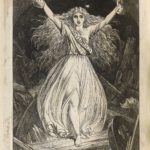
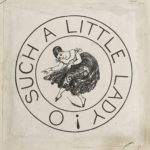
![Dalziel after John Tenniel, illustration for 'The Rabbit Sends in a Little Bill', in Lewis Carroll [Charles Lutwidge Dodgson], Alice’s Adventures in Wonderland](http://www.sussex.ac.uk/english/dalziel/wp-content/uploads/2016/07/BR3-20_p134.jpg-detail-4-150x150.jpg)
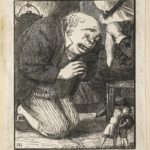
![Dalziel after John Tenniel, illustration for 'The Pool of Tears', in Lewis Carroll [Charles Lutwidge Dodgson], Alice’s Adventures in Wonderland](http://www.sussex.ac.uk/english/dalziel/wp-content/uploads/2016/07/BR5-20_p134.jpg-detail-2-150x150.jpg)
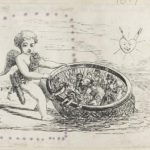
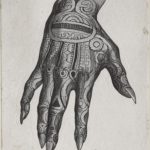
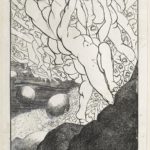
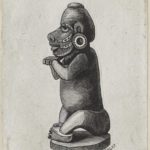
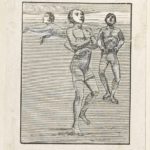
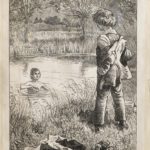
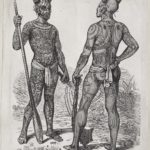
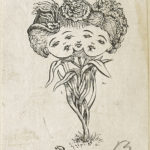
![Dalziel after John Tenniel, illustration for 'Down the Rabbit-Hole', in Lewis Carroll [Charles Lutwidge Dodgson], Alice’s Adventures in Wonderland](http://www.sussex.ac.uk/english/dalziel/wp-content/uploads/2016/07/BR14-20_p135.jpg-detail-2--150x150.jpg)
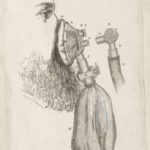
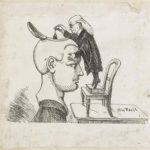
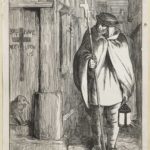
![Dalziel after John Tenniel, illustration for 'Wood and Water', in Lewis Carroll [Charles Lutwidge Dodgson], Through the Looking-Glass, and What Alice Found There](http://www.sussex.ac.uk/english/dalziel/wp-content/uploads/2016/07/BR18-28_p153.jpg-detail-3-150x150.jpg)
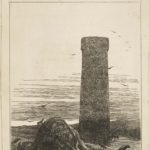
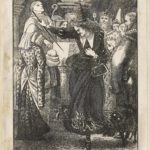
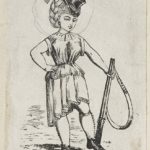
![Dalziel after John Tenniel, illustration for 'Humpty Dumpty', in Lewis Carroll [Charles Lutwidge Dodgson], Through the Looking-Glass, and What Alice Found There](http://www.sussex.ac.uk/english/dalziel/wp-content/uploads/2016/07/BR22-28_p153.jpg-detail-1-150x150.jpg)